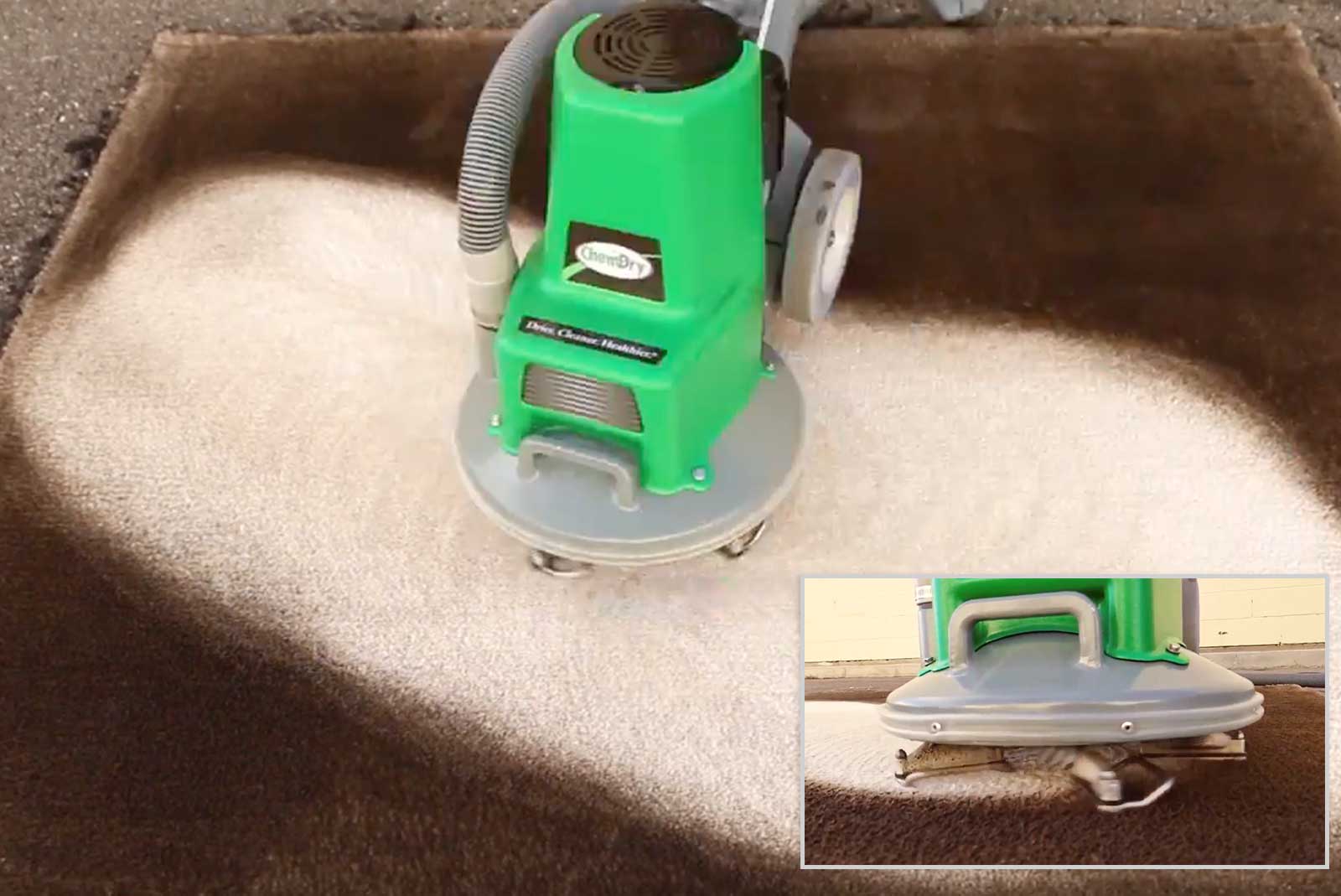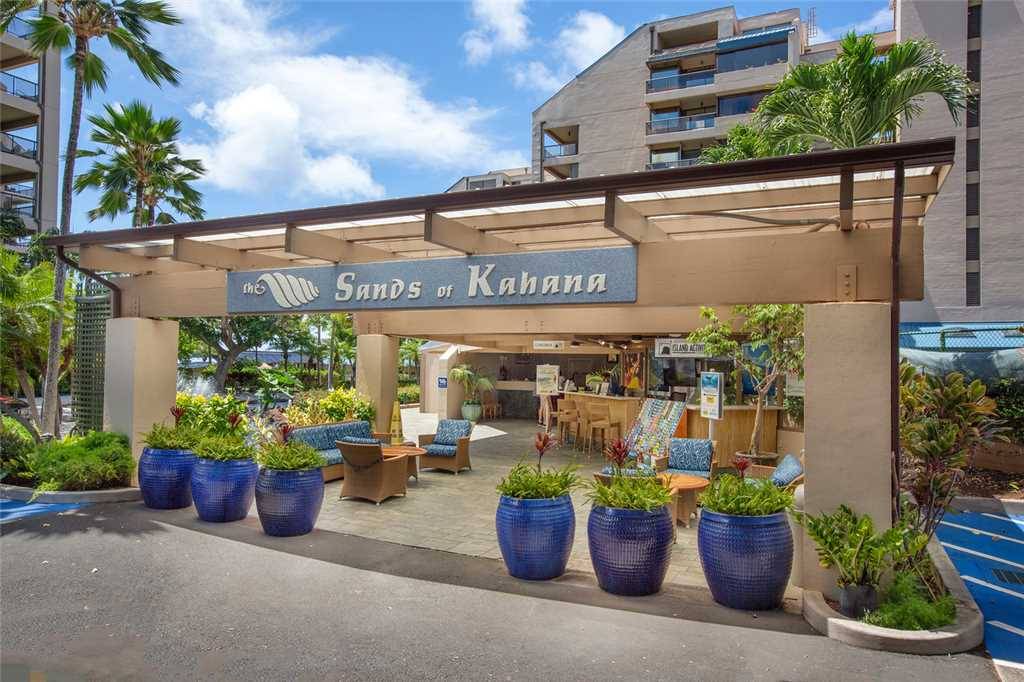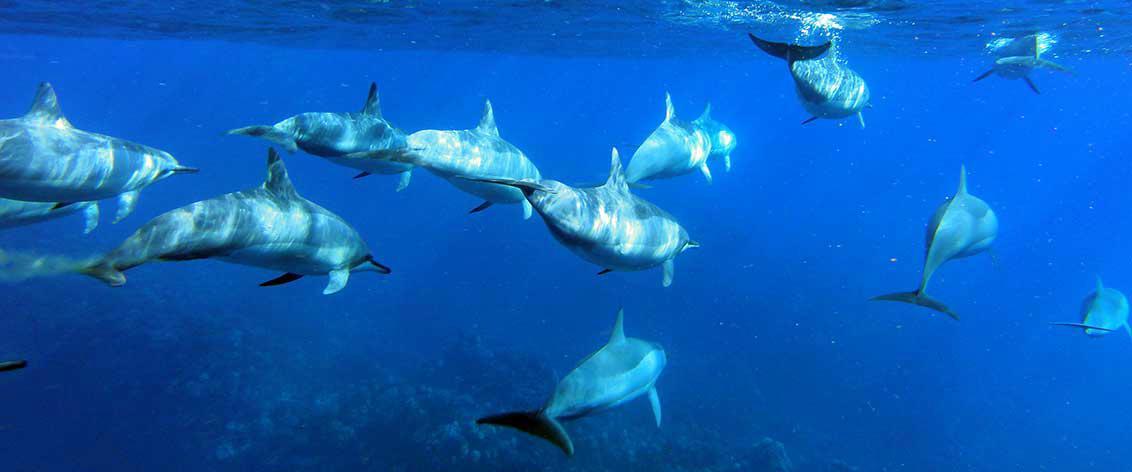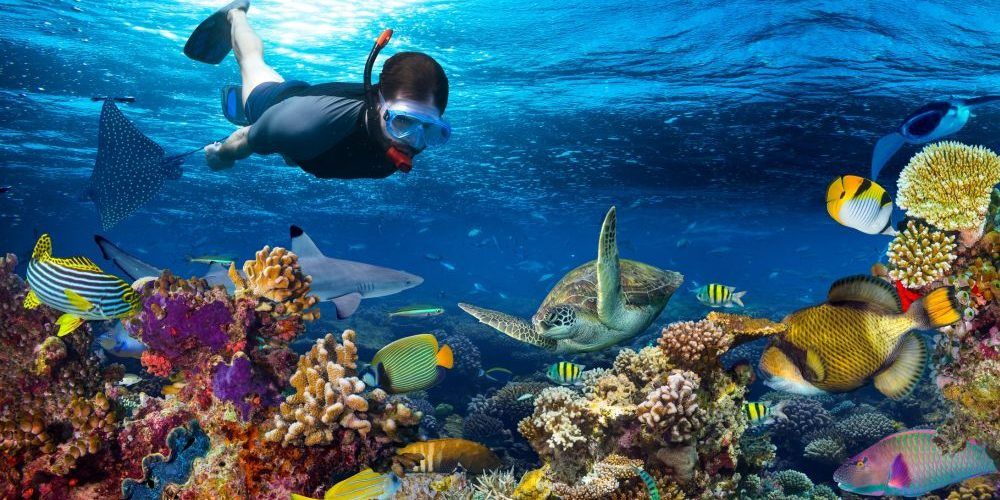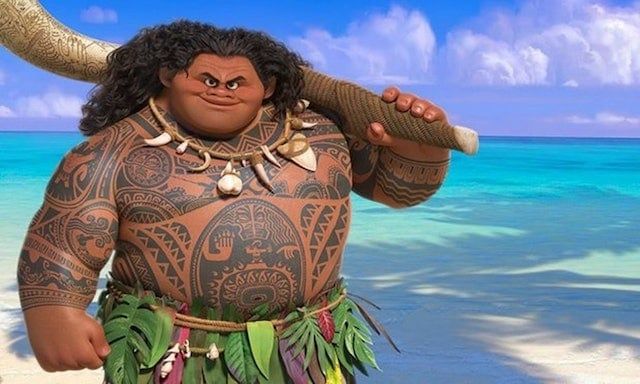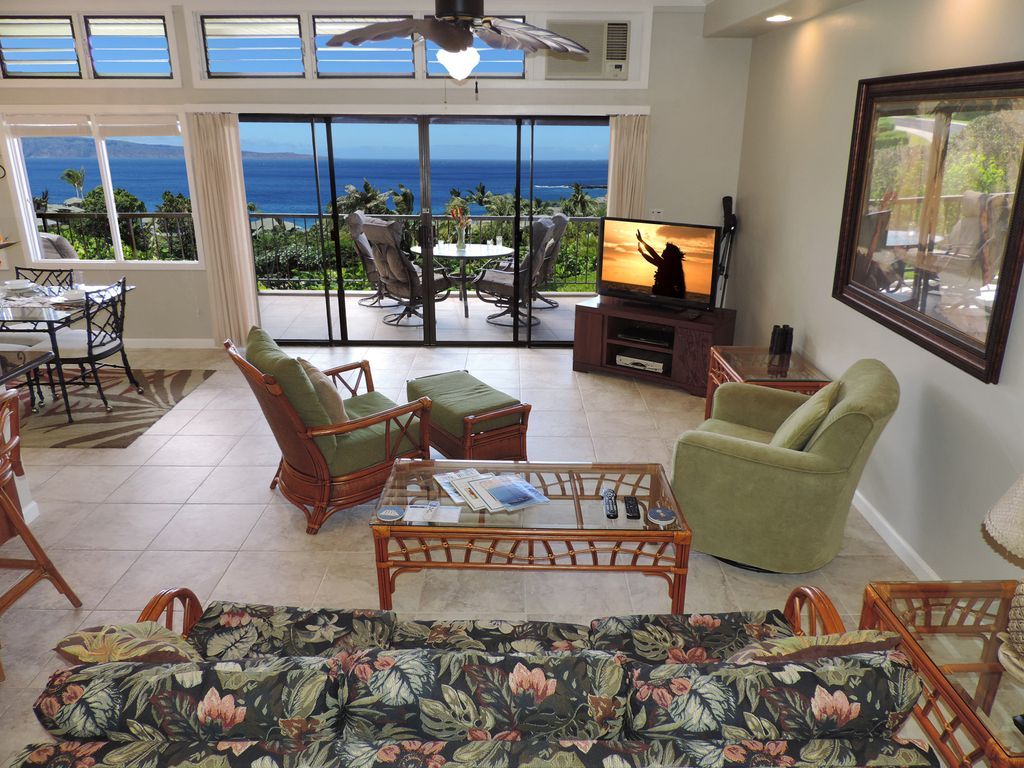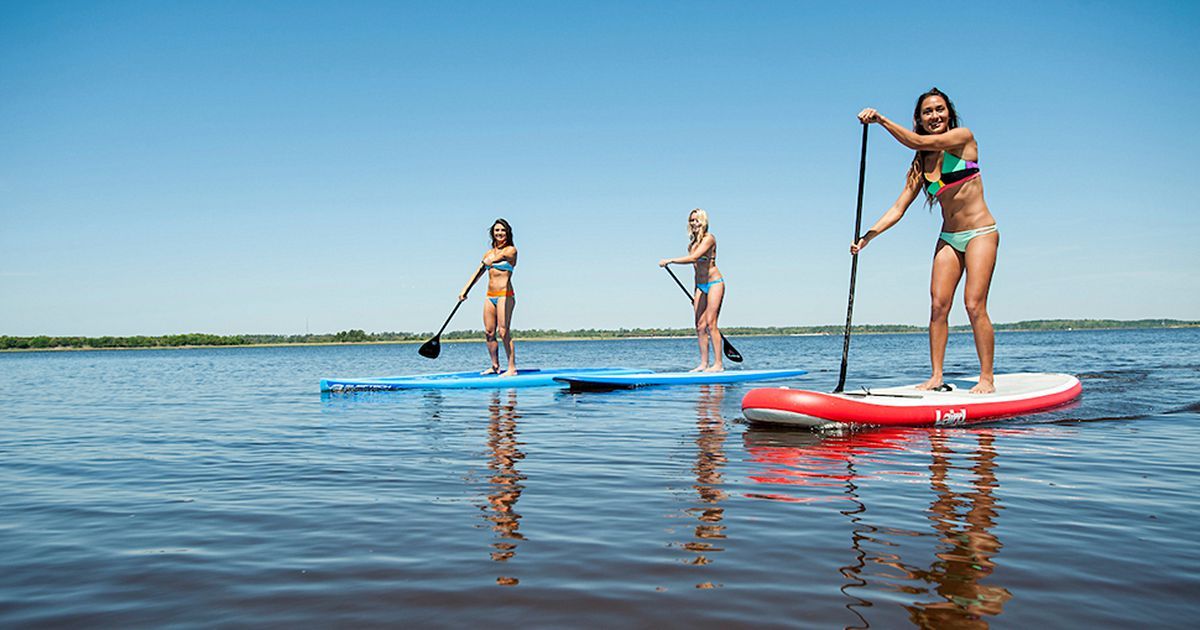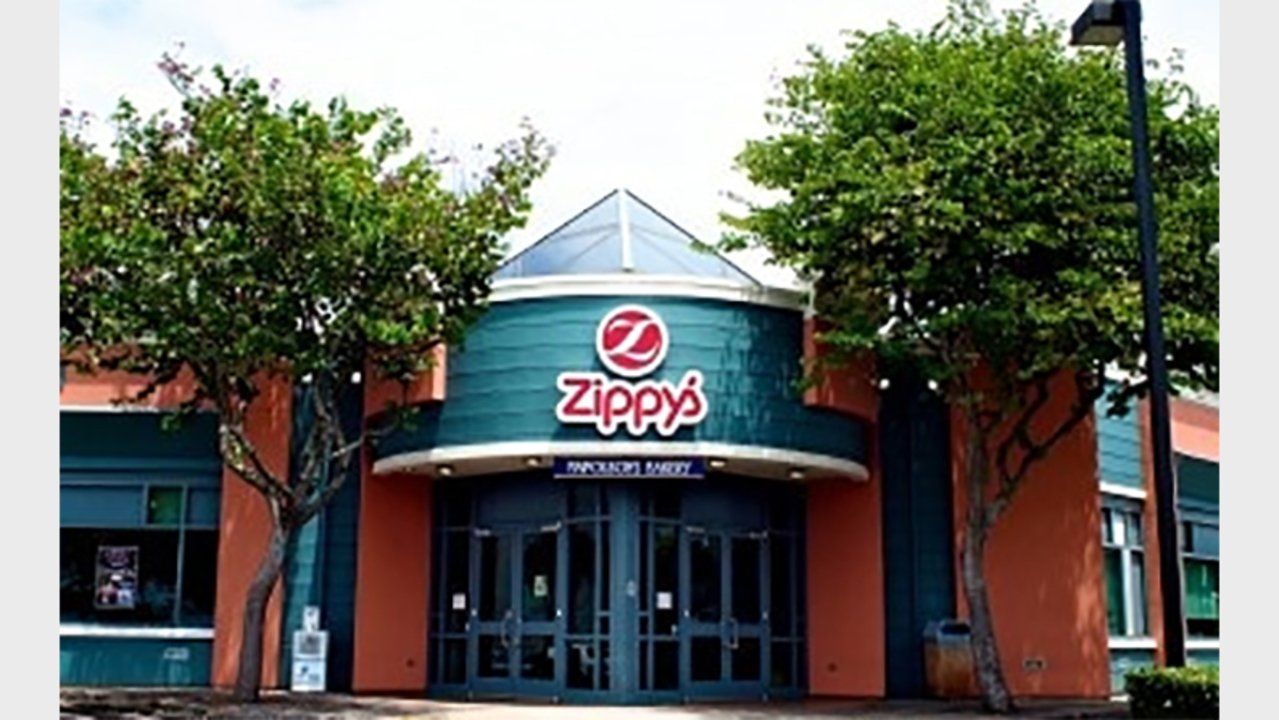This Just In...
Maui Dolphin Tours
The most fun and fascinating meet the dolphin wildlife experience.
Maui Dolphin Tours are among the most popular category of activities we have on Maui. It is no surprise then that dolphins on Maui win the award for being the most popular marine mammal. People love to view the dolphins from one of our many boats on Maui and people love to swim with the dolphins however on Maui this is not generally offered as an option. Many of the dolphin tours on Maui are offered here at a discount price.
Here are some interesting facts about Dolphins:
- The life cycle of dolphins is similar to that of other cetaceans.
- As mammals, dolphins bear live young and the mothers nurse them on milk and provide care.
- A dolphin calf is born tail-first with eyes open, senses alert and enough muscular coordination to follow its mother immediately.
- At birth, the mother helps her calf to the surface to get its first breath.
- While nursing lasts between one and a half to two years, the mother will remain with her calf for a period between three and eight years.
- There is some variation in the age at which sexual maturity is reached, the reproduction rate and the life expectancy among the different species of dolphins.
- Most species tend to bear one calf every other year or so during their reproductive active years.
- Dolphins are believed to have an average life expectancy of about thirty years.
- Dolphins' brains are about the size of our own.
The two most popular species of dolphins located in Maui waters are the Spinner dolphins and the Bottle Nose dolphins:
- Spinner dolphins are the smallest of Maui's common dolphins. Dolphins are generally between five and six feet in length and weigh 130 to 200 pounds. Hawaii has its own subspecies that is easy to recognize by its distinctive "three-tone" color pattern which consists of a sharply defined dark gray "cape" on their backs, a stripe of lighter gray on their sides and a white or pink belly. This species gets its name from its spectacular habit of leaping high into the air and spinning several times on their tails before falling back into the water. Researchers are not sure why the dolphins spin, but most people who have had the opportunity to watch the dolphins don't seem to mind, and find it a real treat.
- The Bottlenose Dolphins are not seen as frequently but there are lots of them out there. They usually travel in smaller pods and are much larger dolphins. They are usually well over six feet in length and weigh in excess of 400 pounds.
- Unlike Maui's famous humpback whales, dolphins are year-round residents of Maui and can be seen swimming off all the Hawaiian islands during virtually every month of the year.
Where are the best places to see dolphins off the coast of Maui?
Around Maui, dolphins congregate at night in large herds in the deep channels between the islands to feed. During the day, dolphins break up into smaller groups and come near shore to rest and play.
A few of the places where dolphins can commonly be seen on Maui are:
- Along the southern boundaries of Maui especially the La Perouse Bay and Kanaio area
- Off the coastline of Lanai.
Swimming with the Maui dolphins.
Pride of America Cruise Ship :
Dolphin Excursions on Maui do not pick up at the cruise ship but may be reached via Rental Car on the Sunday afternoon o Monday morning of your Maui visit. We can arrange for you to be picked up at the ship by your Rental Car on the day of your choice. View the 'restrictions' area after you click on each of the Maui Dolphin Tour companies listed below for specifics regarding the cruise ship itinerary.
